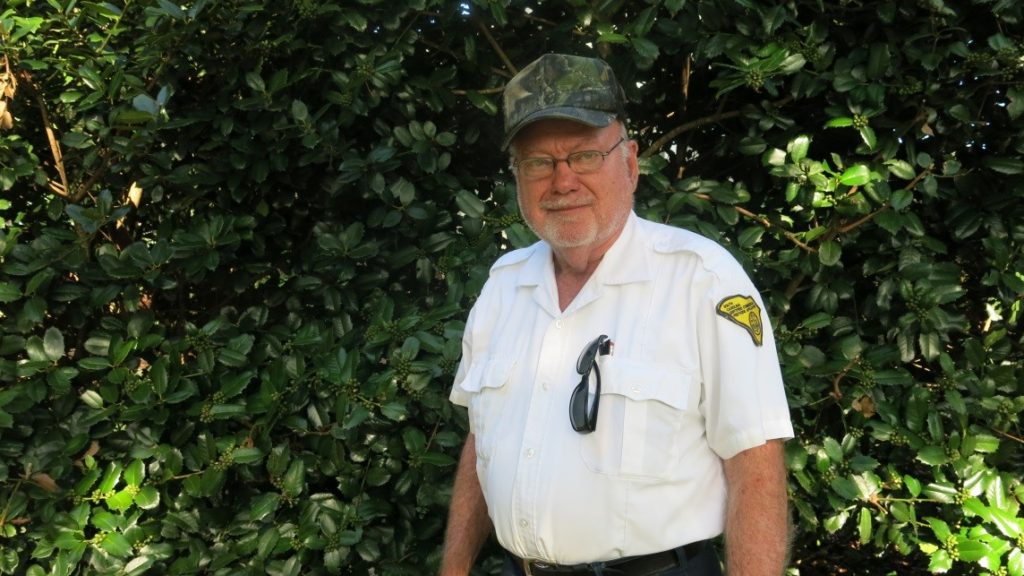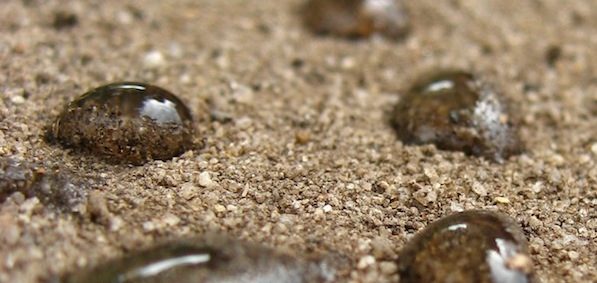As most of you know, I have been in the landscape consulting business beginning in 2010. Little did I know that most inquiries about landscape problems dealt mostly with turf grasses. I could  diagnosis and recommend various treatments, but was not licensed to apply pesticides in South Carolina as a corrective measure. As a result I became a licensed South Carolina certified commercial pesticide applicator, and have enjoyed solving many homeowners’ problems with their turf grasses. However, there was one turf grass problem that defied a solution.
diagnosis and recommend various treatments, but was not licensed to apply pesticides in South Carolina as a corrective measure. As a result I became a licensed South Carolina certified commercial pesticide applicator, and have enjoyed solving many homeowners’ problems with their turf grasses. However, there was one turf grass problem that defied a solution.
A homeowner in Irmo, S.C. had re-sodded a section of his back yard with no success. Each year he would rake up the dead grass and replace with new sod. After being called by the homeowner for help, I collected soil and turf grass samples and had them analyzed for soil nutrient deficiencies, signs of pathogenic fungus and harmful soil nematodes. All tests were negative. Maybe the history of pesticide applications to this lawn would render some clue. There was evidence that there was over application of pre-emergent herbicides being applied, but why was this isolated area, approximately 400 sq. ft. killing fresh sod? In one last attempt, I sent a sod sample once again to the plant problem clinic at Clemson University with a follow-up phone call that I was about to pull my hair out in solving the matter. A few days later, a report from plant problem clinic solved the mystery, “Hydrophobic Soil”. Hydrophobic soil is water hating soil. What causes this condition, and how do you treat it?
Hydrophobic soil is caused by certain fungi that are associated with mushrooms that cause a turf grass disease named “fairy ring”. However, the fairy ring problems that I have seen, rarely kill off areas of turf grasses, but can be a nuisance. There are certain species of fungi, feeding on old organic matter, that seed out mycelium roots several feet out into the soil and coat the soil particles with a chemical that repels water. Have you ever waxed a car hood, sprayed it with water, and saw beads of water? This is a hydrophobic condition. A simple test to determine if you have hydrophobic soil is to pour a small amount of water onto the surface of soil. If the water puddles, and takes 10 seconds to disappear, the chances are you have a hydrophobic condition.
Treatment consists of :
aerating the soil using the core method
raking sand into the holes
applying a soil surfactant: http://www.aquatrols.com/?LOCALE=USA
applying Heritage fungicide
Irrigating with about 1 inch of water.
Problem solved, “Happy Gardening”
This Article written by: Ron Cowart
Cowart Landscape Consulting
(8o3) 513-4242





